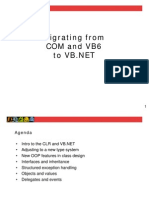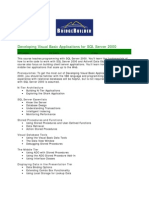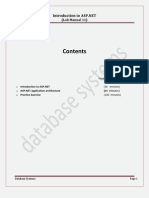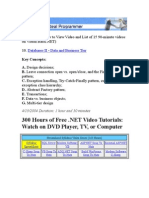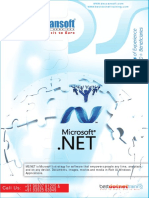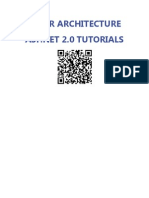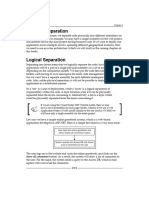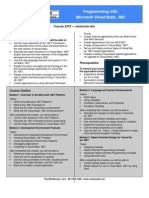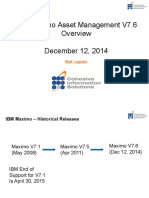0% found this document useful (0 votes)
68 views55 pagesMoving Your Architecture: Microsoft Corporation
Migration from COM to.NET will lead to some re-architecting of your application..NET won't solve issues caused by bad design. ASP.NET offers better model for building UI.
Uploaded by
narayanakumarCopyright
© Attribution Non-Commercial (BY-NC)
We take content rights seriously. If you suspect this is your content, claim it here.
Available Formats
Download as PPS, PDF, TXT or read online on Scribd
0% found this document useful (0 votes)
68 views55 pagesMoving Your Architecture: Microsoft Corporation
Migration from COM to.NET will lead to some re-architecting of your application..NET won't solve issues caused by bad design. ASP.NET offers better model for building UI.
Uploaded by
narayanakumarCopyright
© Attribution Non-Commercial (BY-NC)
We take content rights seriously. If you suspect this is your content, claim it here.
Available Formats
Download as PPS, PDF, TXT or read online on Scribd
/ 55








